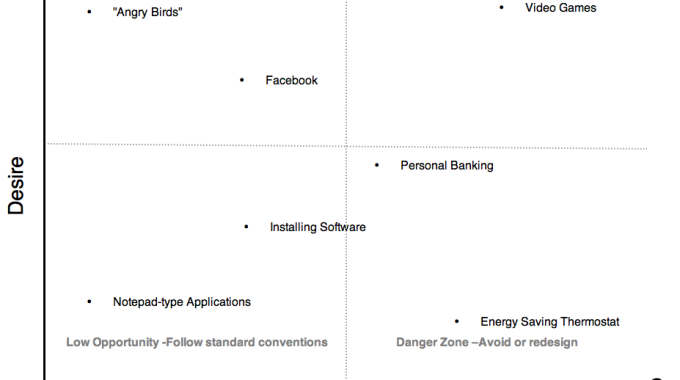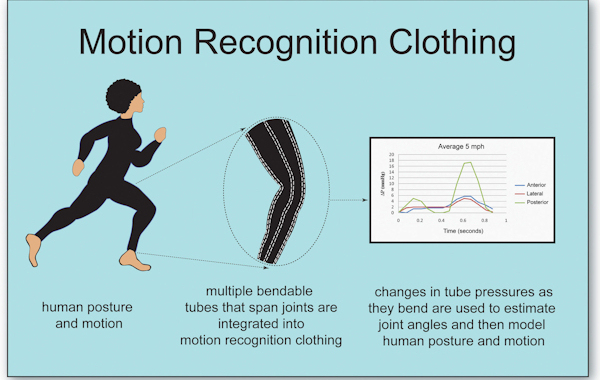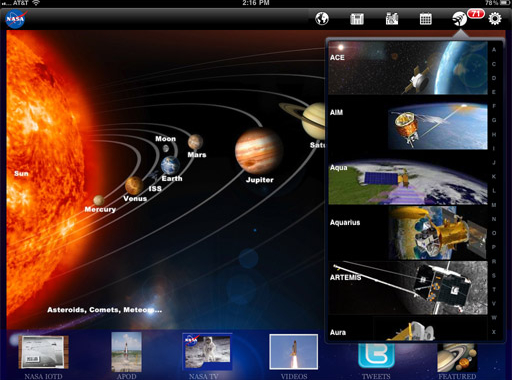Corning’s Second Day of Glass
Nearly a year ago, Corning (maker of Gorilla Glass), released a video encapsulating it’s vision of the future. It’s since gotten 17 million views on YouTube, and started numerous discussions and responses.
In the video, Corning predicted large scale desktop touchscreen displays, bigger video screens, and dynamic billboards. And while much of the video is still in the future, the OLED TV’s shown by LG at this year’s CES do seem to bring the video to life.



 It is an honest question: how smart are your users? The answer may surprise you: it doesn’t matter. They can be geniuses or morons, but if you don’t engage their intelligence, you can’t depend on their brain power.
It is an honest question: how smart are your users? The answer may surprise you: it doesn’t matter. They can be geniuses or morons, but if you don’t engage their intelligence, you can’t depend on their brain power.






